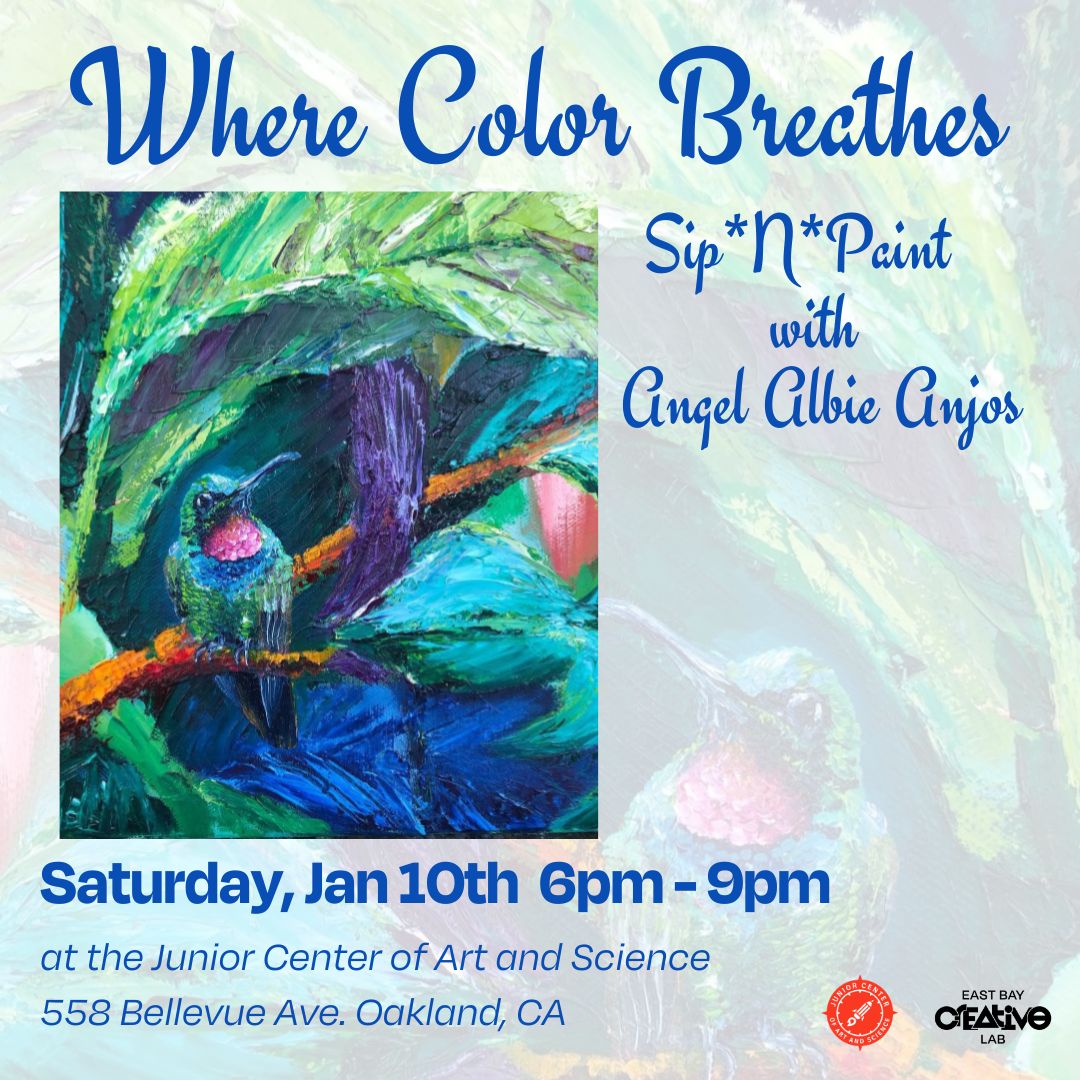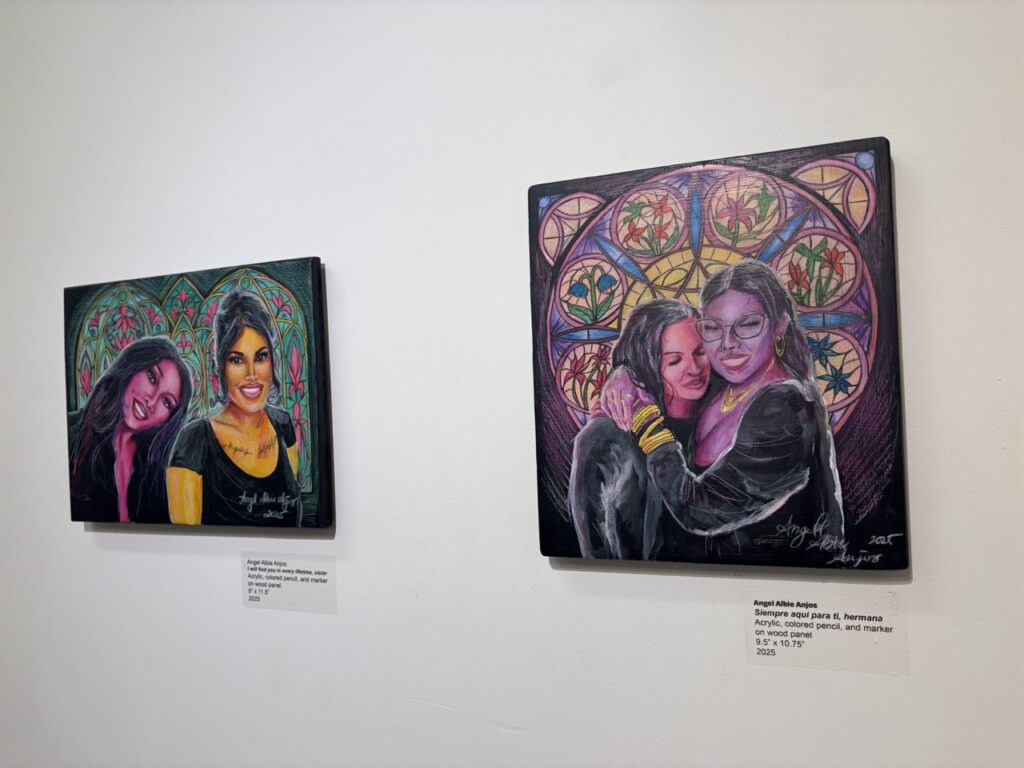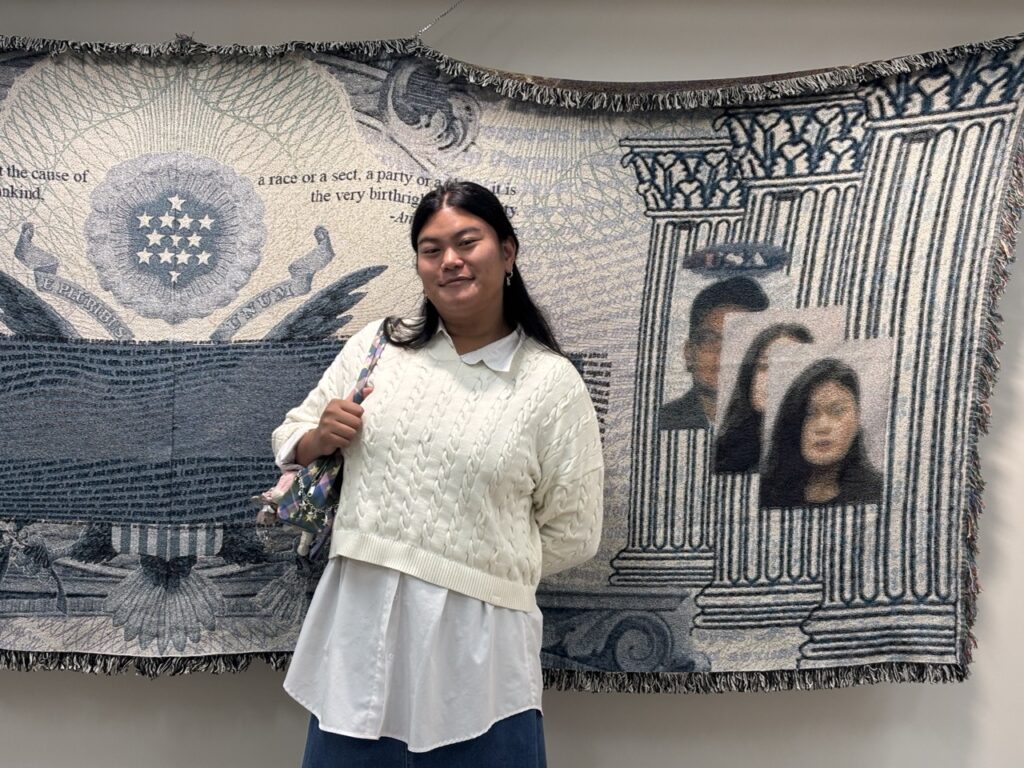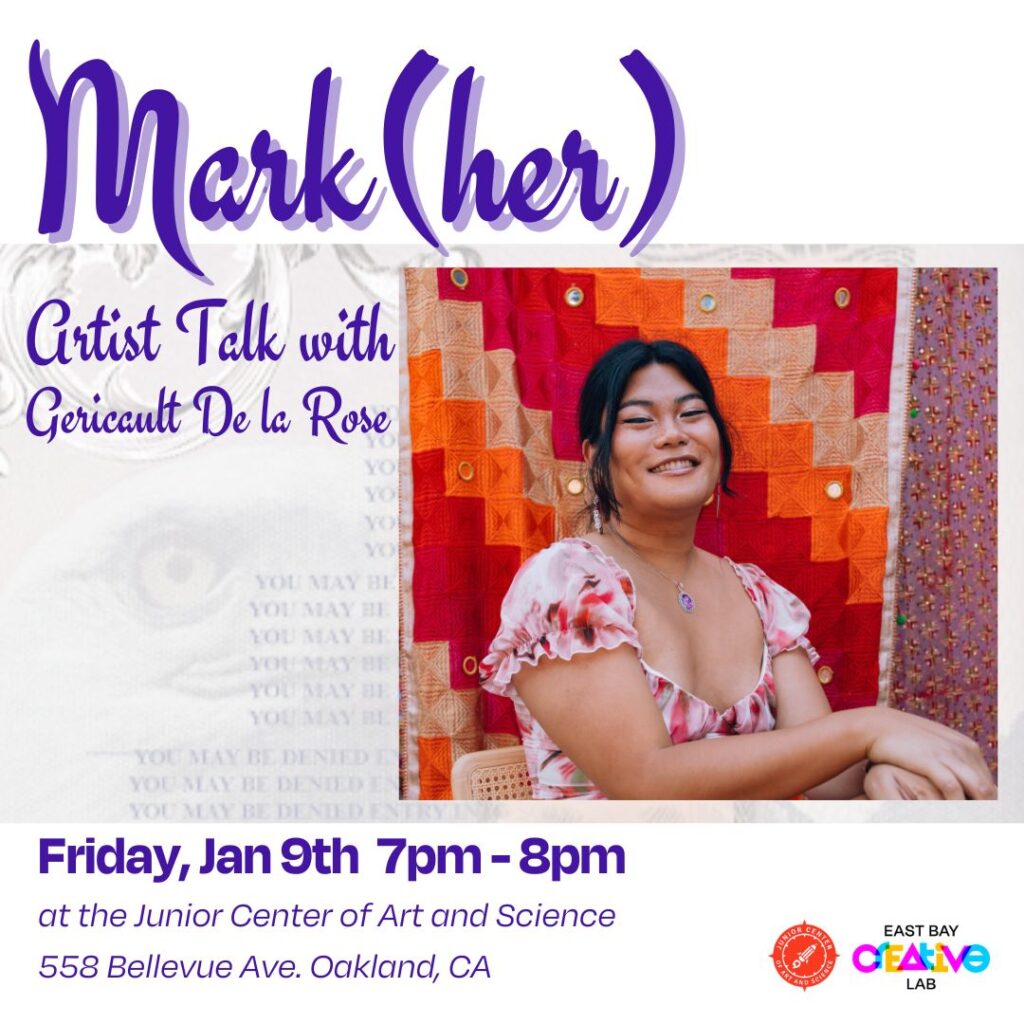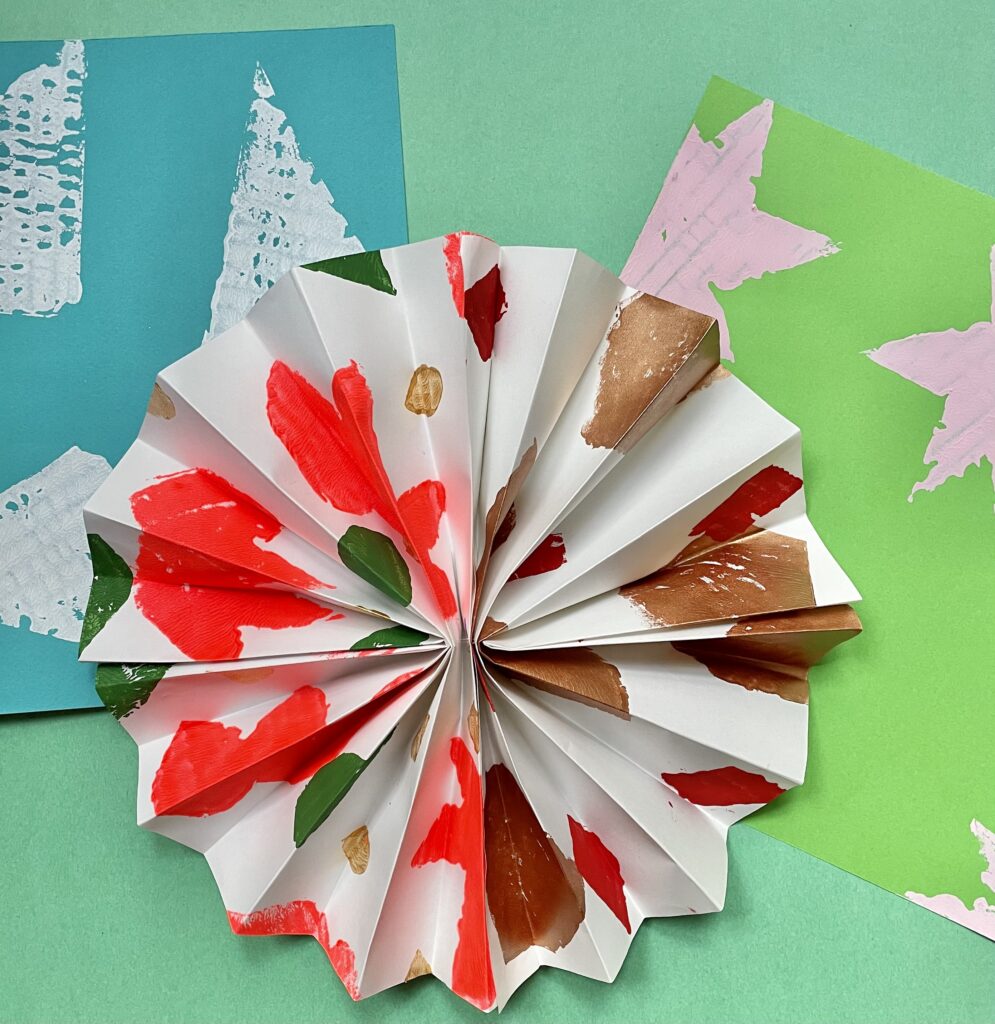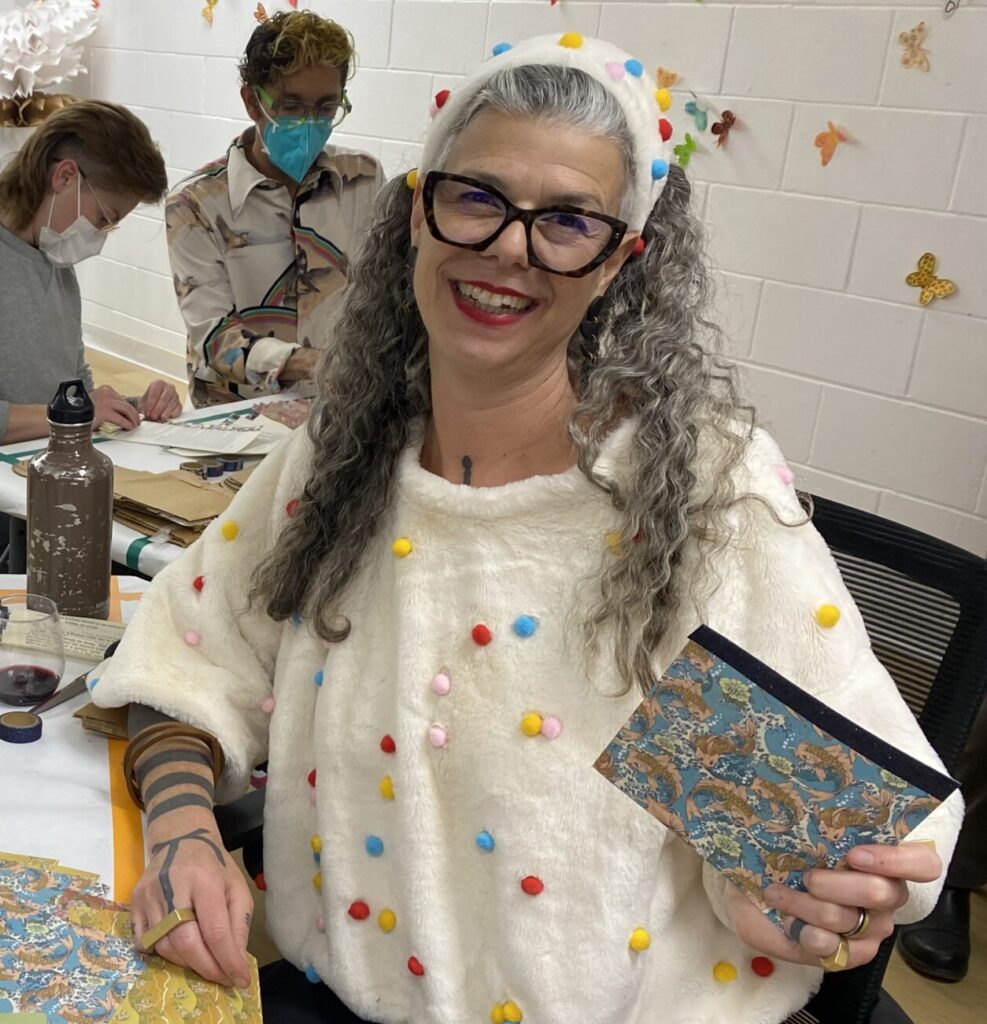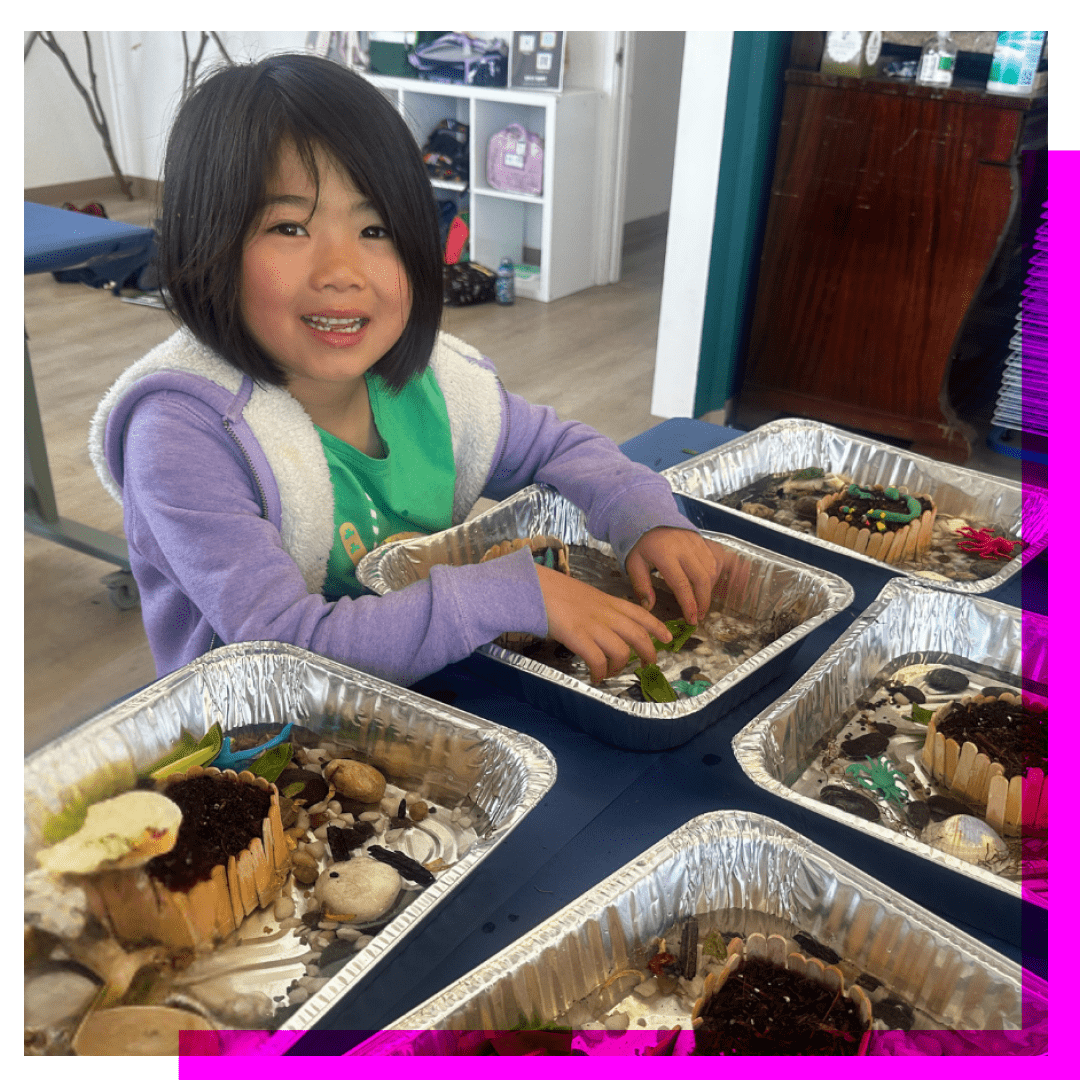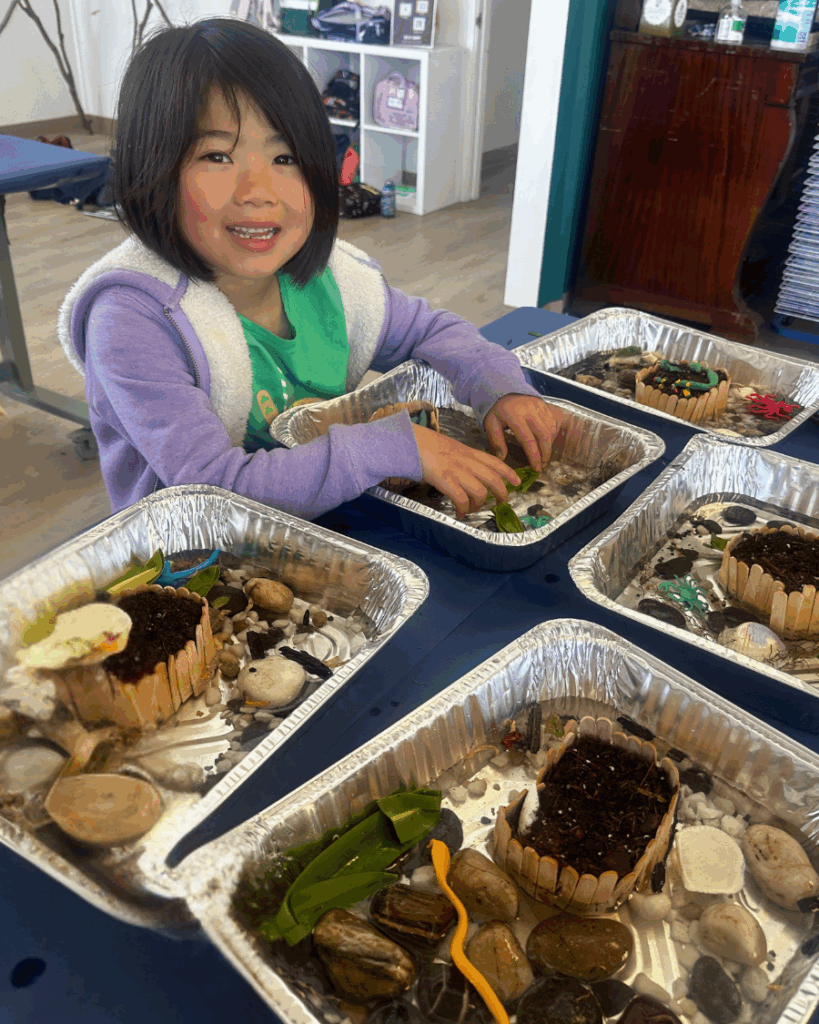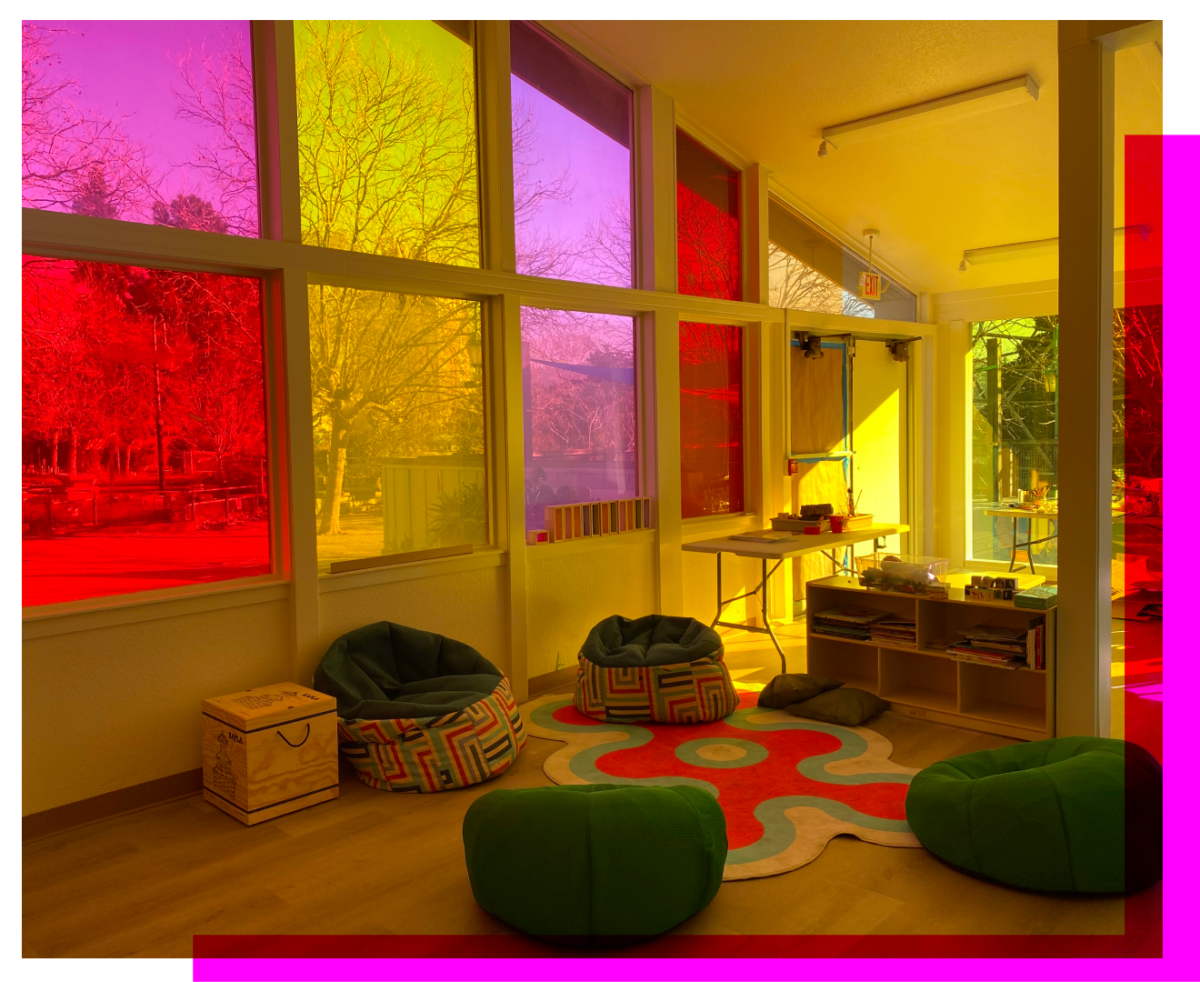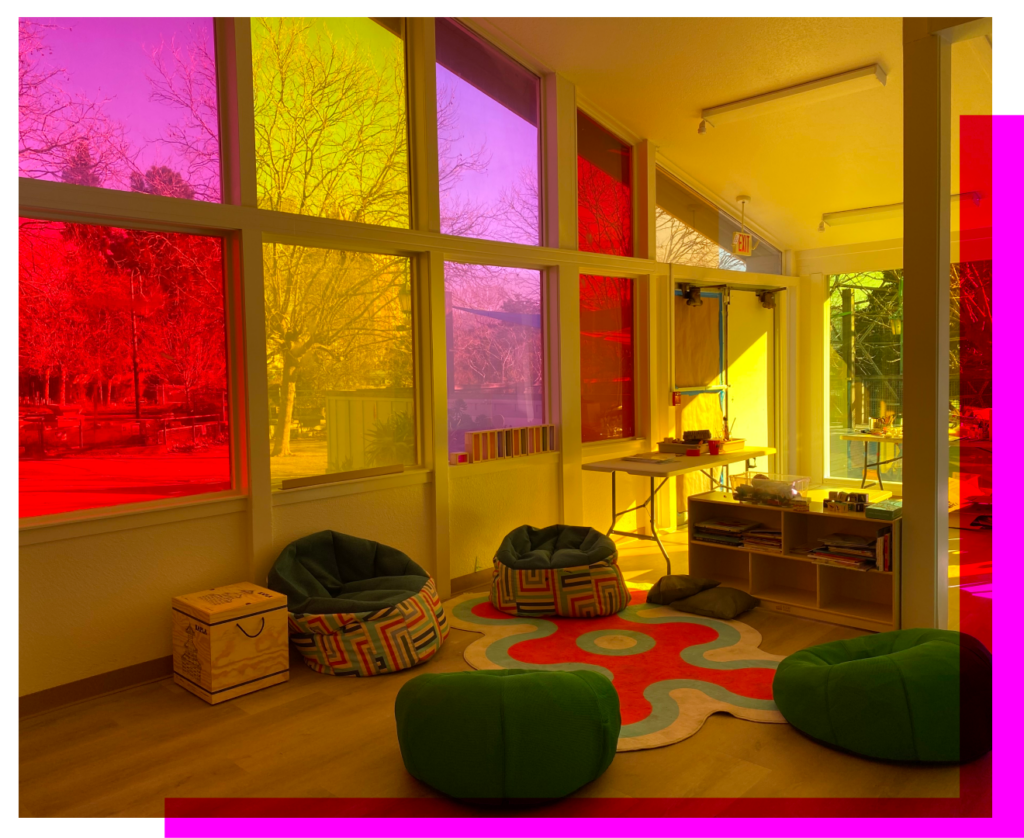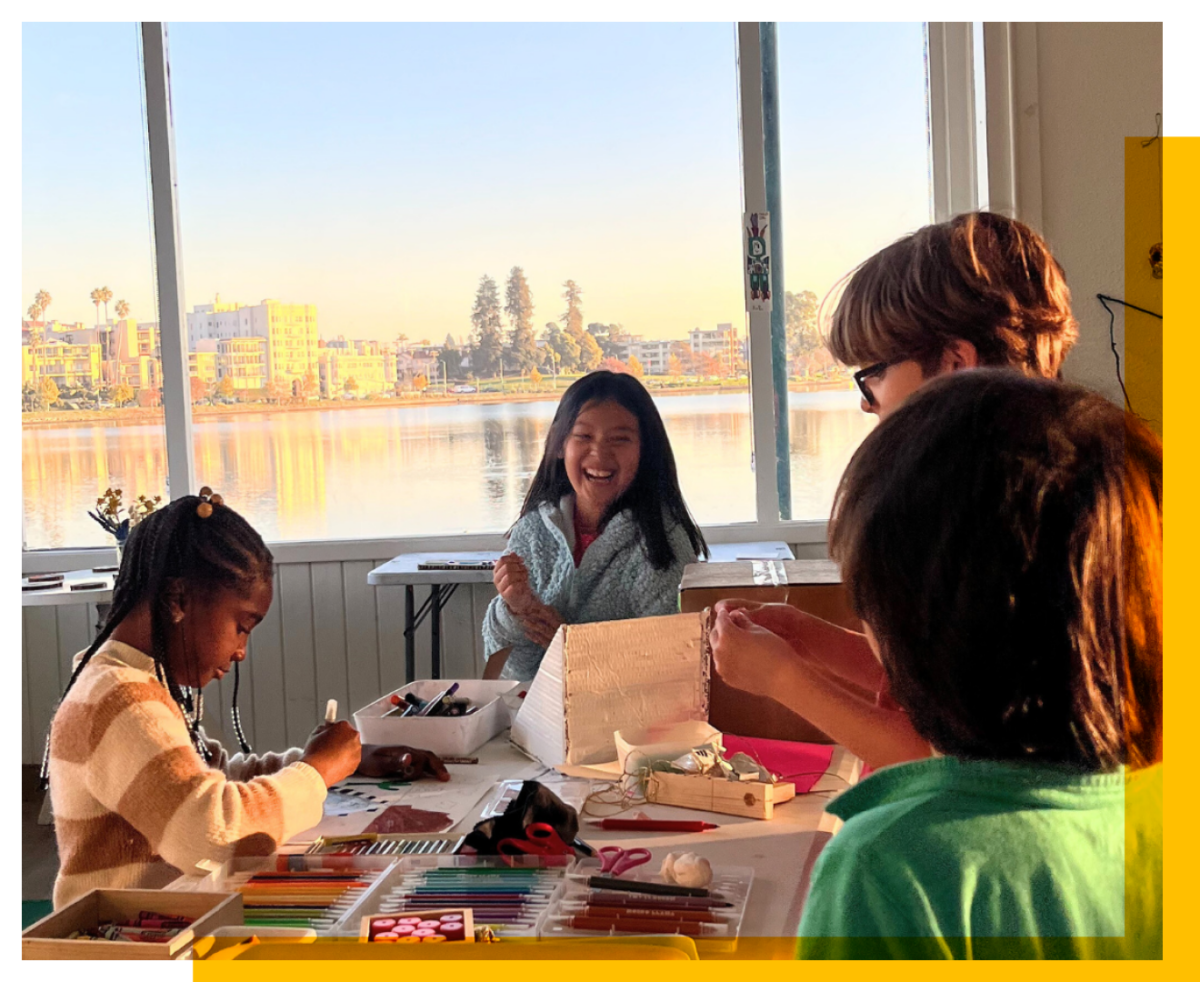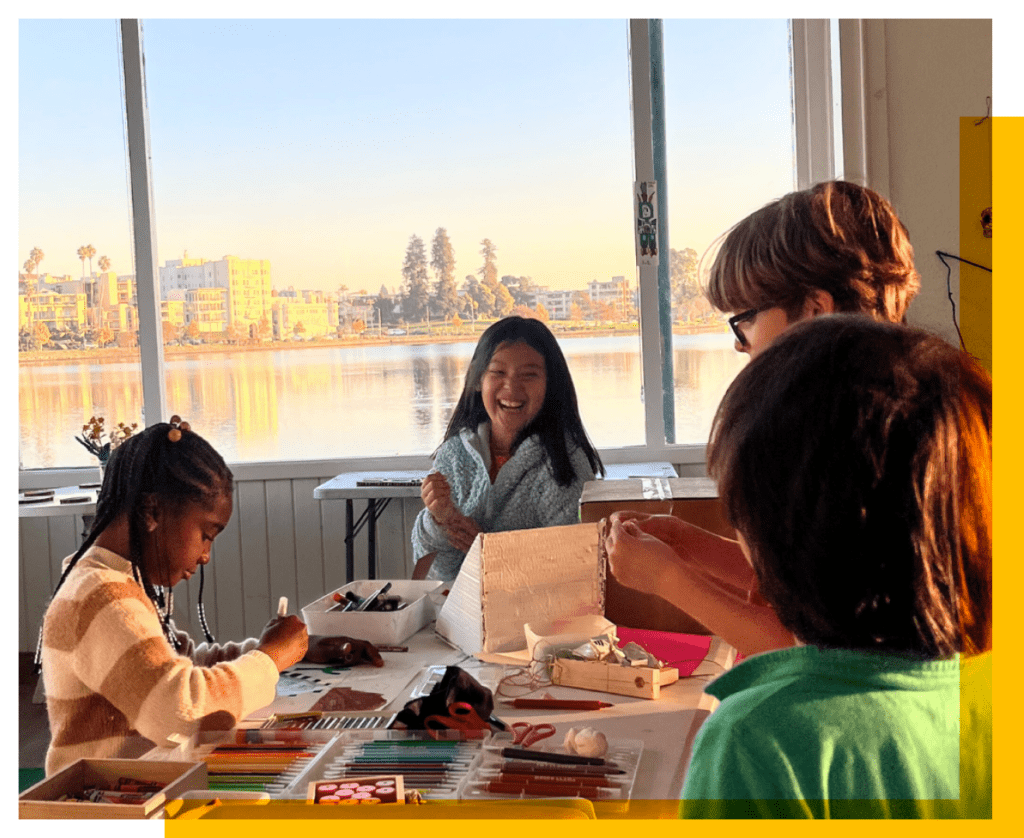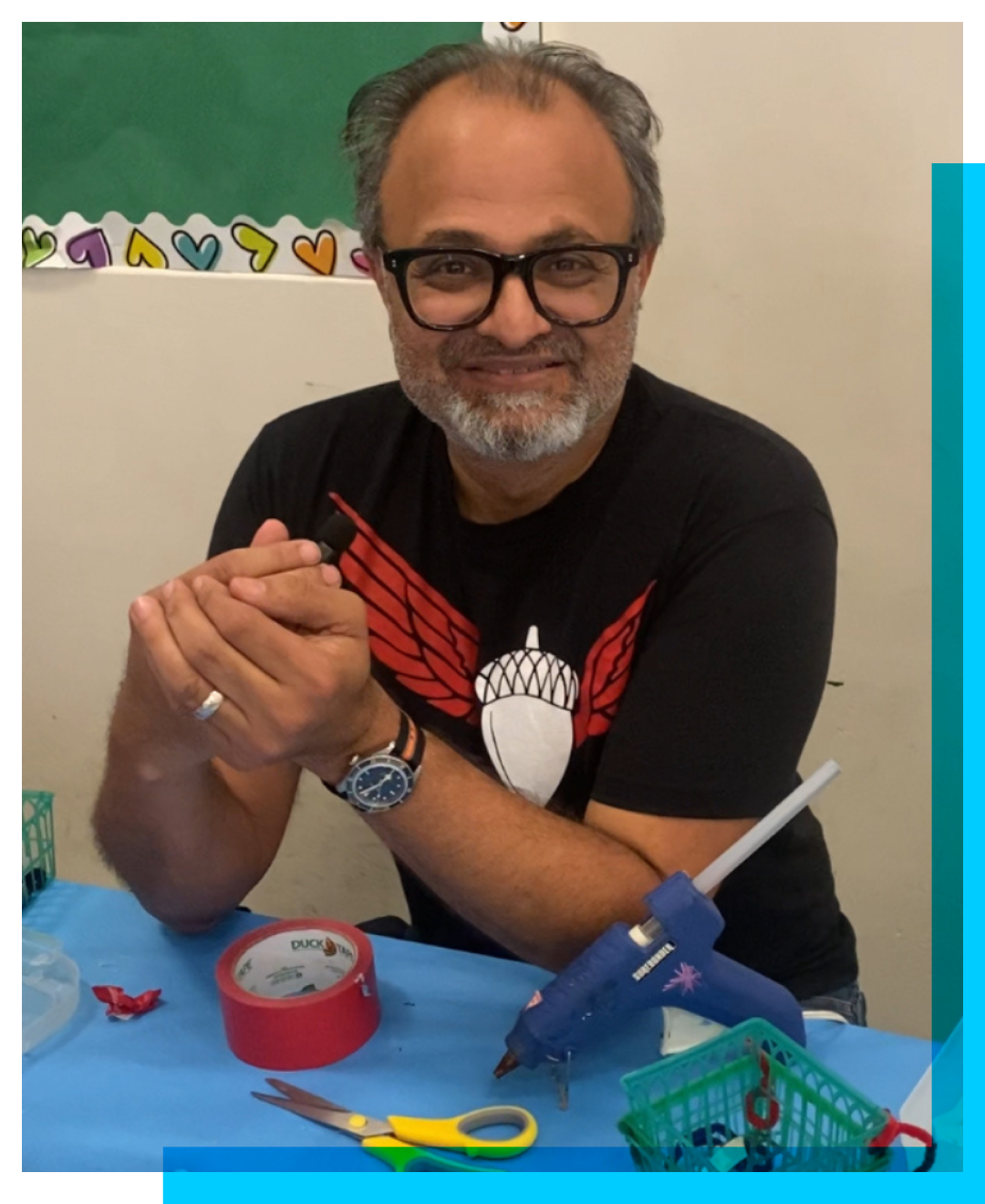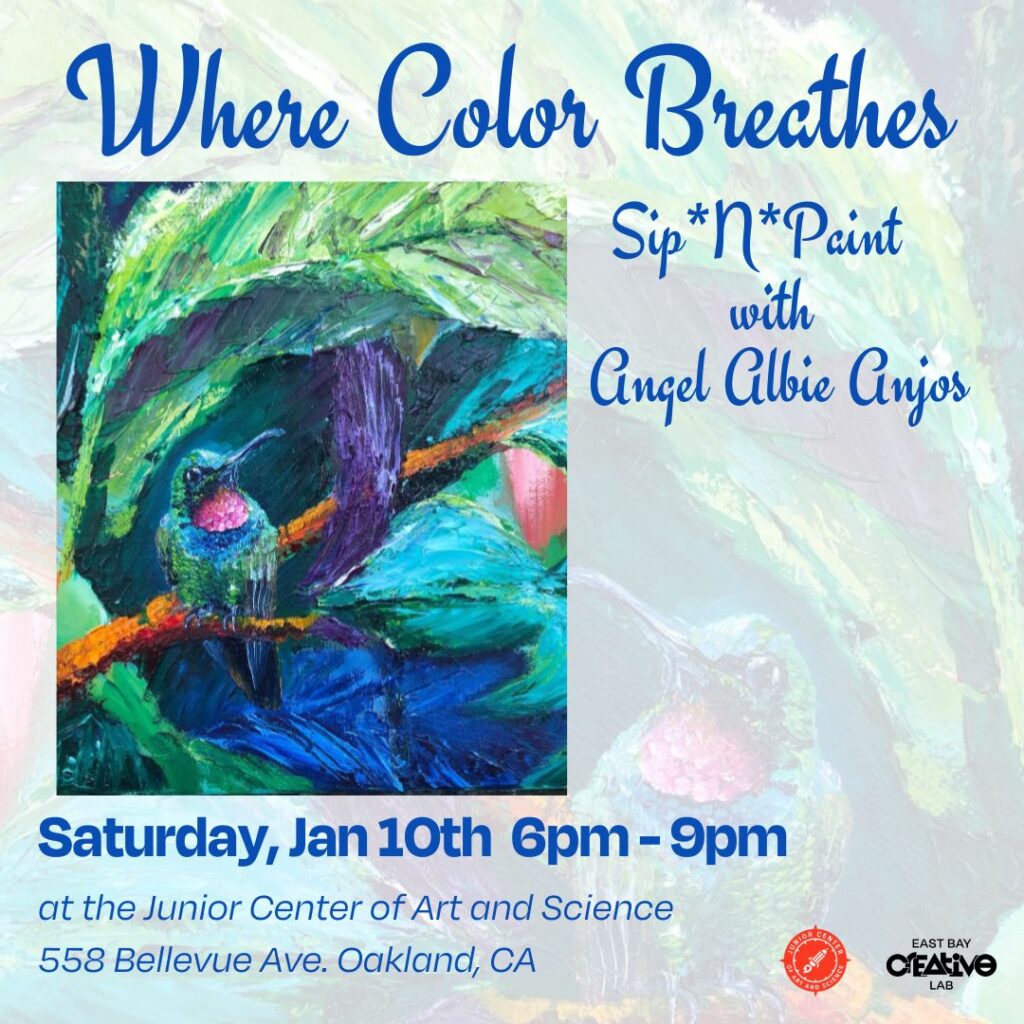
Grab a drink, grab a brush, and let the joy begin!
Join artist Angel Albie Anjos for a lively Sip & Paint workshop inspired by the dreamy, figurative, and expressive themes found in her own artwork. This session is all about creativity, expression, and community—no experience needed, just good energy and a willingness to explore color and emotion.
All are welcome to join, with a special focus on creating an affirming, celebratory space for trans and queer individuals and their allies. Participants must be 21+ to attend. Come solo or with friends (more fun with friends), sip something you love, connect with the community, and leave with your own vibrant creation to take home.
A Holy T Workshop
This community workshop is part of our The Holy T gallery exhibit. Learn more about The Holy T.
Meet the Artist
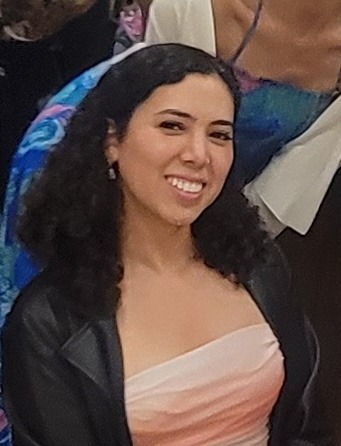
Angie Albie Anjos is a Brazilian American trans femme, queer artist. She is part of Bloom Collective a collective supporting + connecting emerging queer/trans & BIPOC artists.
About Saturdays at the Lab
Saturdays at the Lab is a unique series of weekend art workshops connecting professional artists with our local community. Designed to foster creativity and collaboration, these hands-on sessions welcome participants of all skill levels to explore new techniques, exchange ideas, and experience the transformative power of art.
See our other Saturdays at the Lab workshops
ACCESSIBILITY & INCLUSION
We’re committed to making all programs at the Junior Center of Art and Science accessible and inclusive. Our spaces are wheelchair-friendly, and we welcome learners of all abilities and learning styles. If you or your child need accommodations, please let us know—we’re happy to help! Read our Accessibility Statement here.
You can indicate any accommodation needs or concerns when registering your child under the “Special Instructions about my child” section. You can also reach out directly at contact@juniorcenter.org
The Junior Center of Art and Science (JCAS) is a 501c nonprofit dedicated to cultivating curiosity and creative exploration through the arts and sciences. By blending creativity with experiential learning, we inspire big ideas and illuminate the everyday connections between art and science.
Your participation in these events not only nurtures your own creative potential but also supports our mission to provide equitable access to art and science programs for youth and families across Oakland and the greater East Bay Area. Learn more about us.

